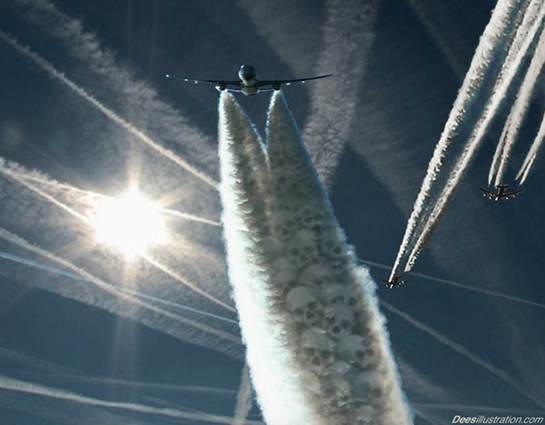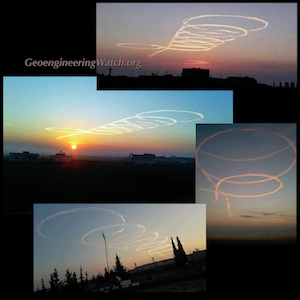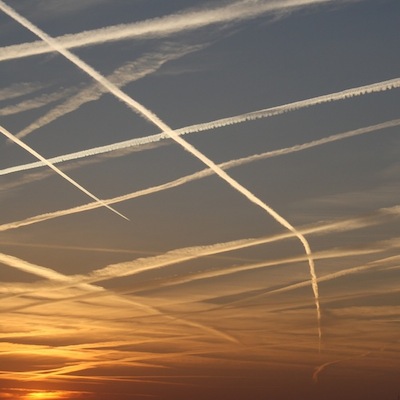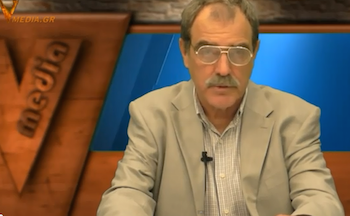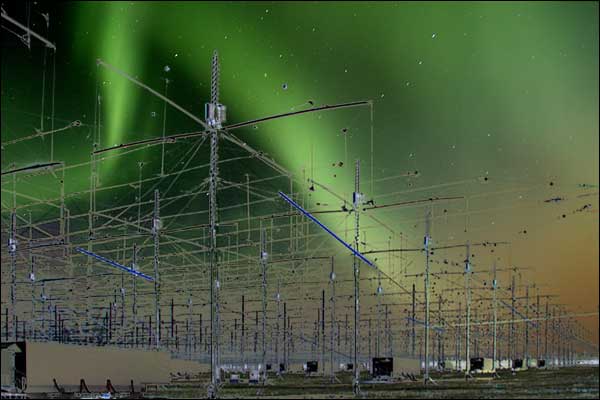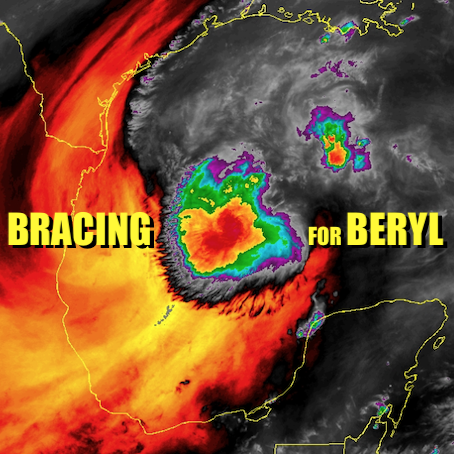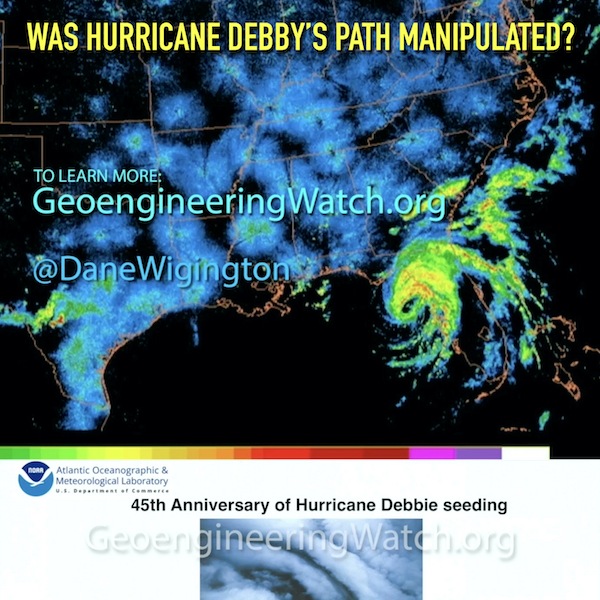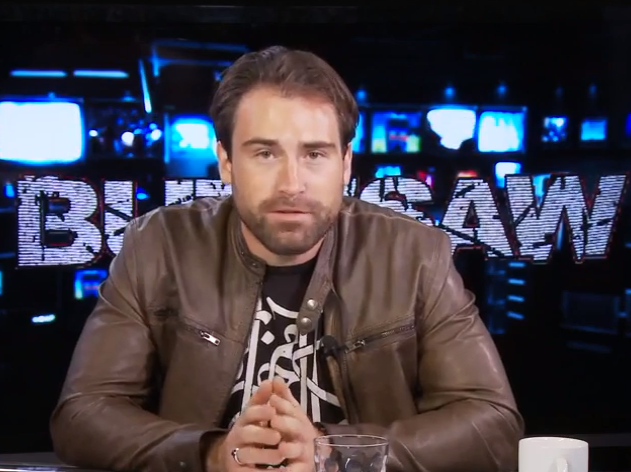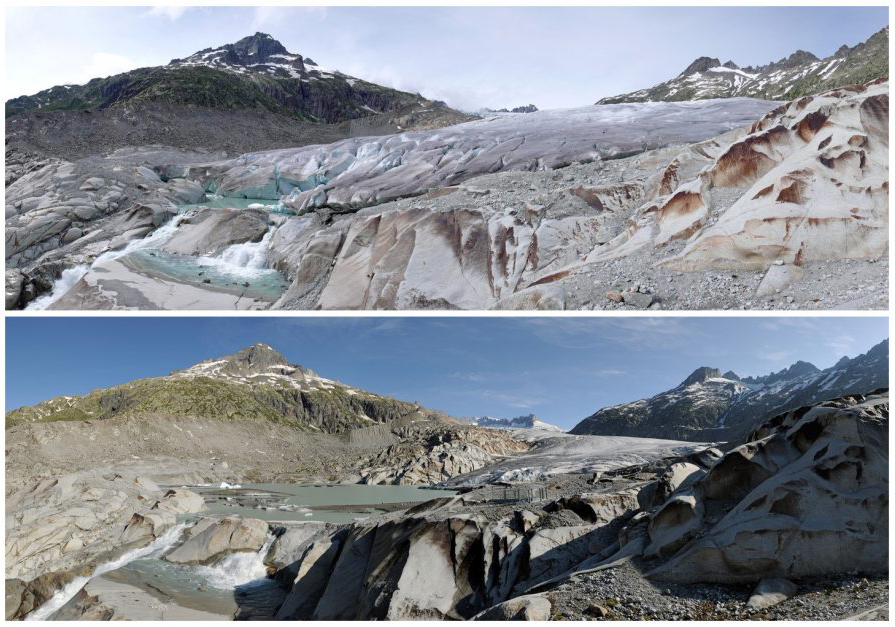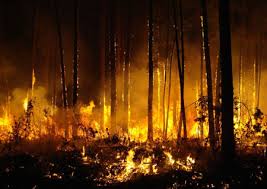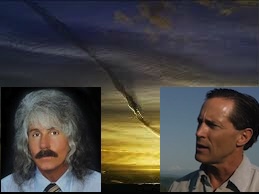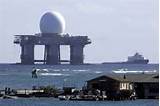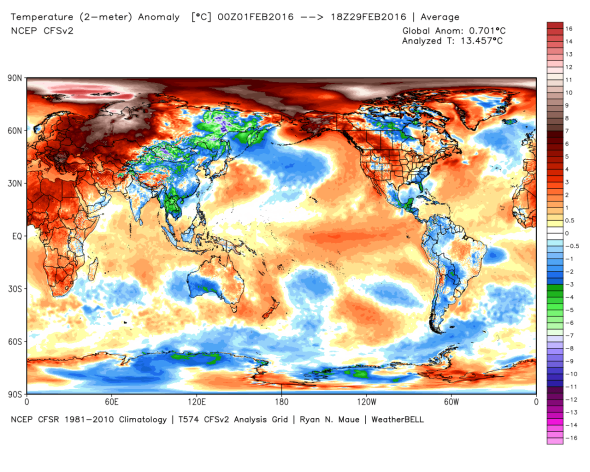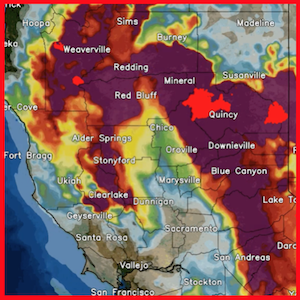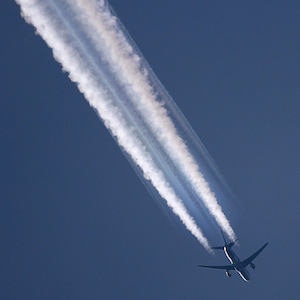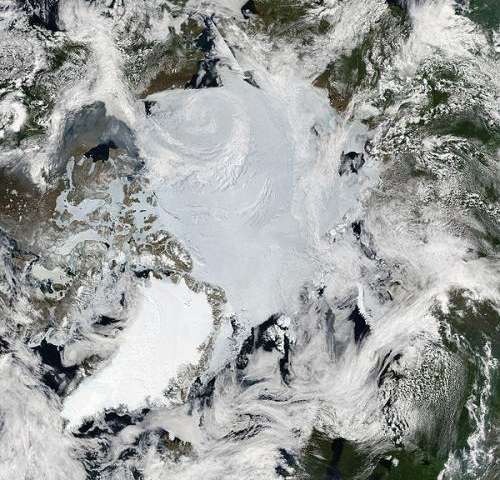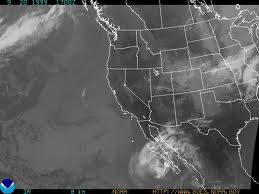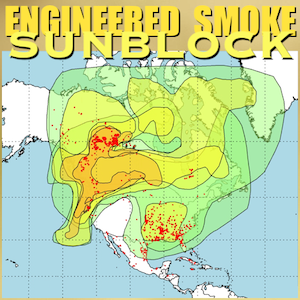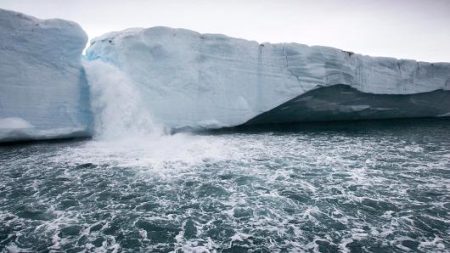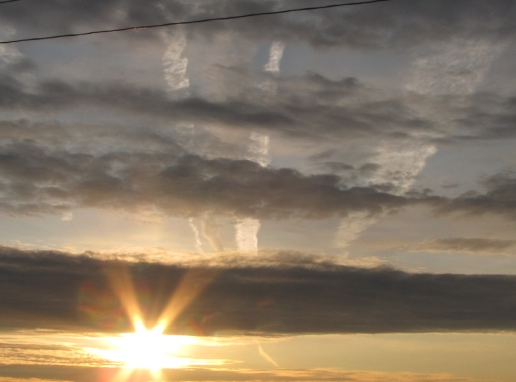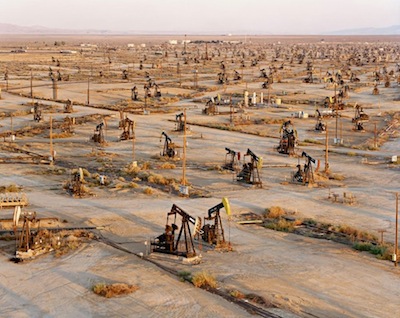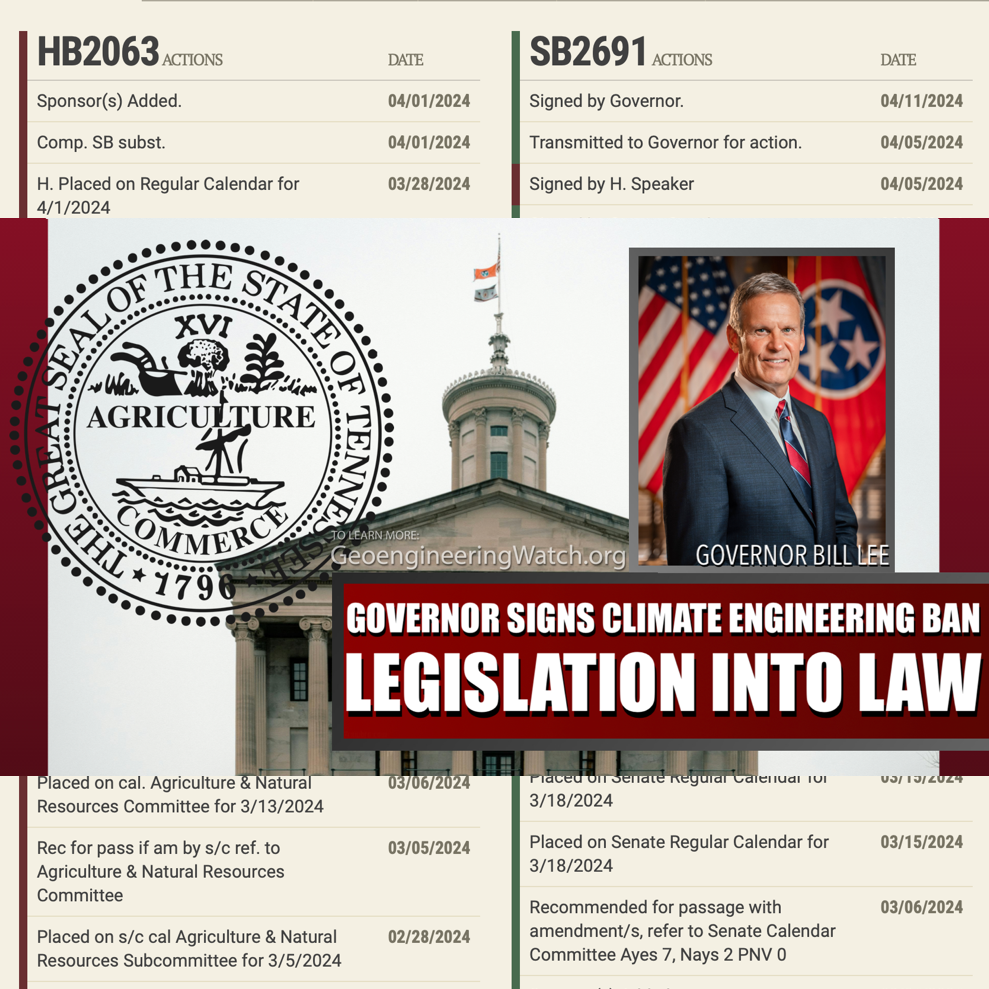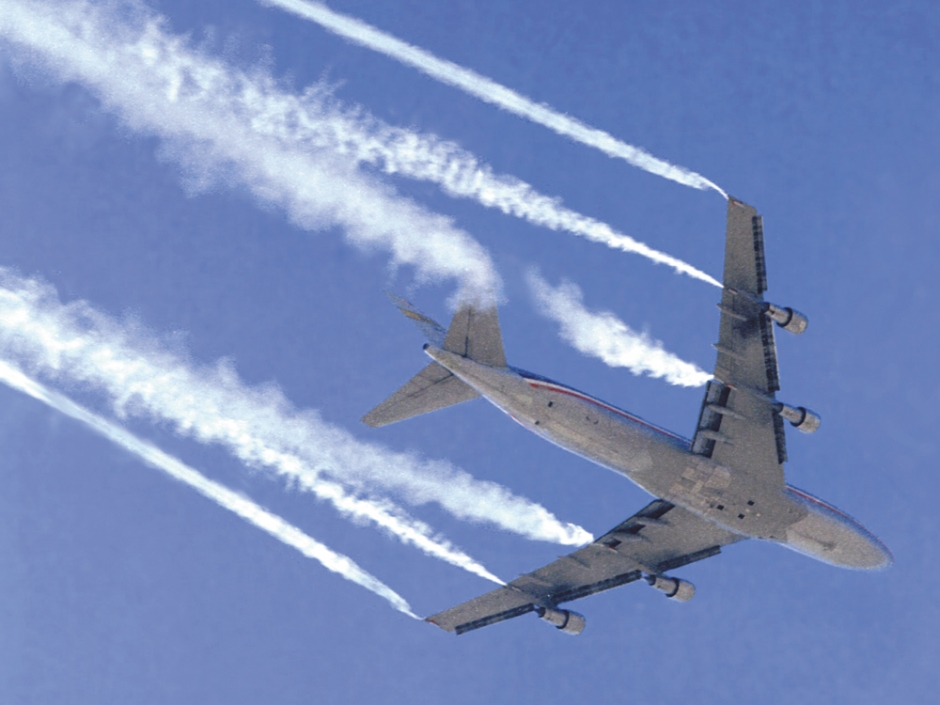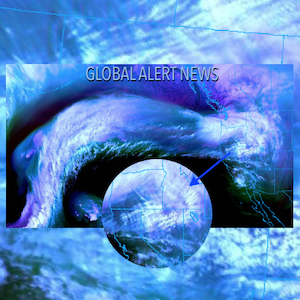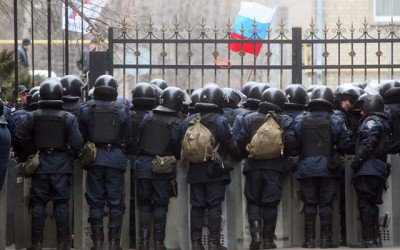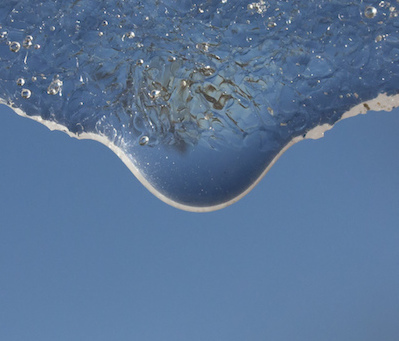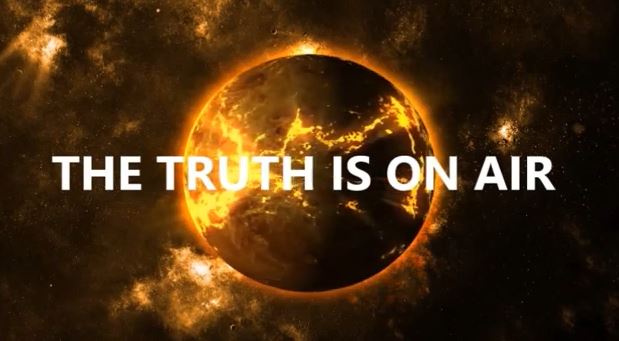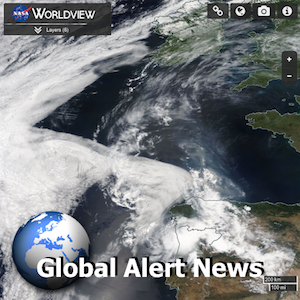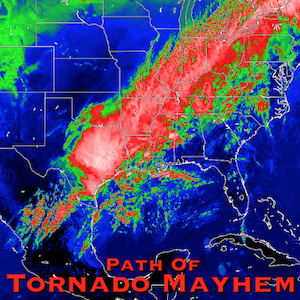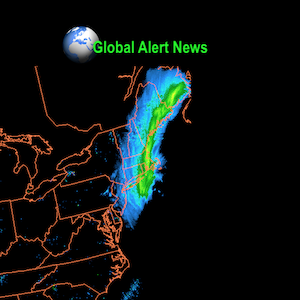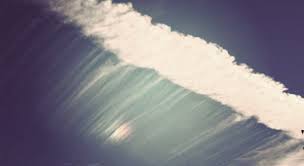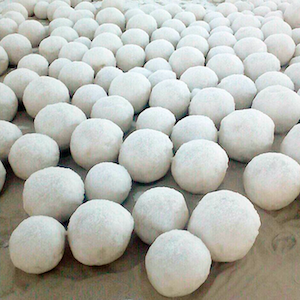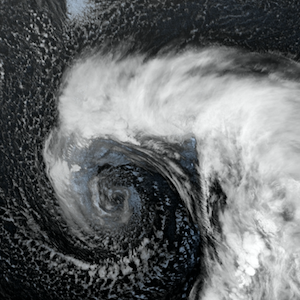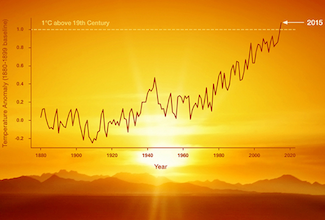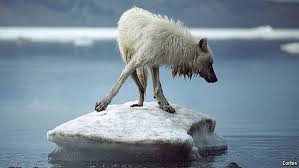Source: CNBC, article by Robert Ferris
Arctic sea ice is melting at a rate far faster than anyone thought, and it is already wildly, and perhaps permanently, changing the region, and the planet.
Historically, sea ice forms every winter across the top of the planet, and covers much of the Arctic Ocean. Every summer, the ice melts a bit and retreats, only to repeat the cycle again. But since the 1980s, the ice has been retreating further and further overall, contributing to sea level rise, changes to ecosystems, and erosion so severe it is biting off chunks of coastlines in Alaska, Canada and elsewhere.
As 2016 continues apace to be one of the warmest years on record, Arctic sea ice levels appear to be among the lowest on record, said Tom Wagner, program manager for NASA's cryosphere research — a name given to the study of frozen regions of the planet. "It doesn't look like the ice is healing or growing back."
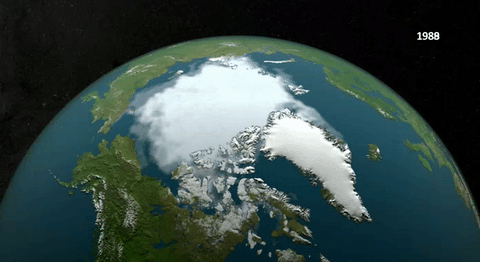
An animation showing the annual retreat of Arctic ice between 1989 and 2015. (Source: NASA)
"By some accounts we have lost more than two-thirds of the ice that used to be back in the 1980s," Wagner said. "This looks to be a very, very long-term trend and we are only going to be losing more ice.
This matters because the "health" of the ice is considered a general indicator of what is going on in the Earth's total climate system.
"This is not something that will affect humanity in the far off future," Wagner said, "loss of this ice is already wildly changing the Arctic," and rippling outward to the rest of the planet.
"The planet is not just changing, it is changed," Wagner said. "And we have to deal with the change that has occurred. The melting of the glaciers in Alaska and Canada and Greenland is already raising sea levels to the point that Miami and New York are experiencing flooding."
Source: CNBC, article by Robert Ferris





